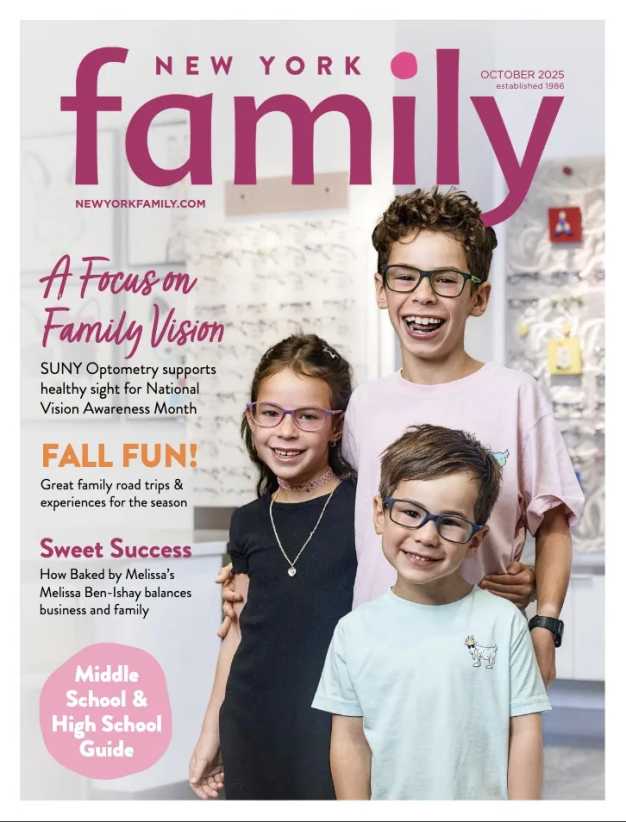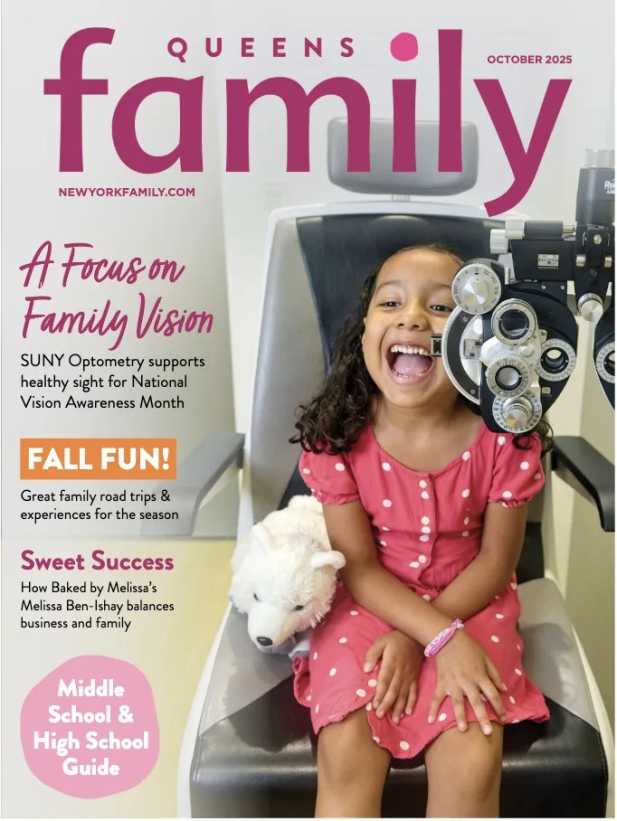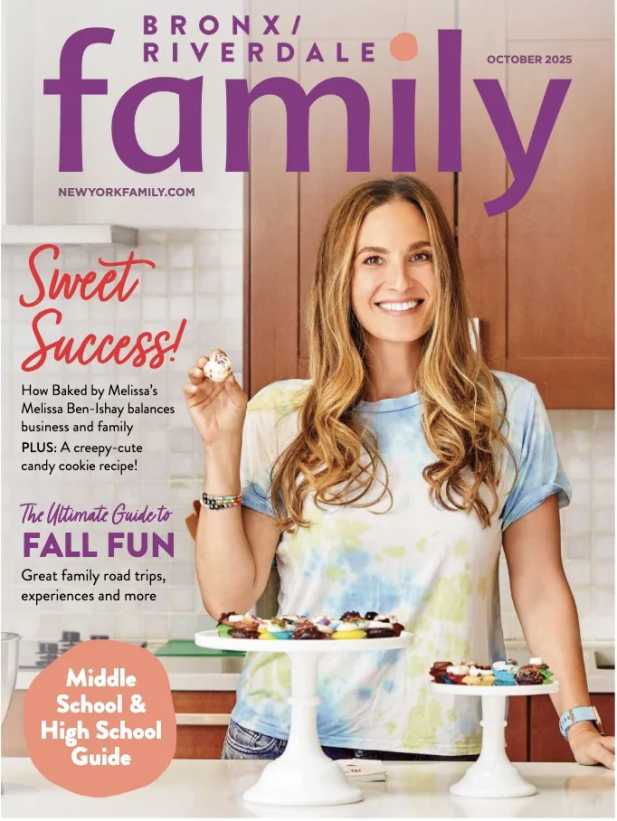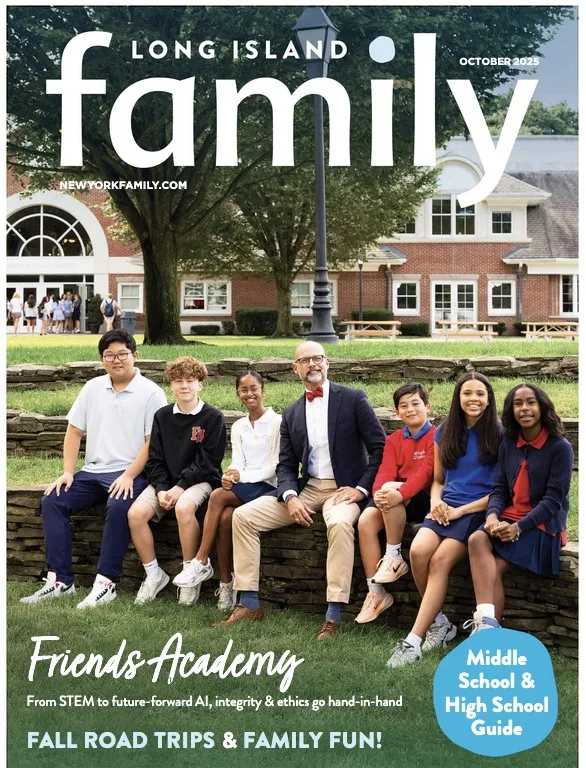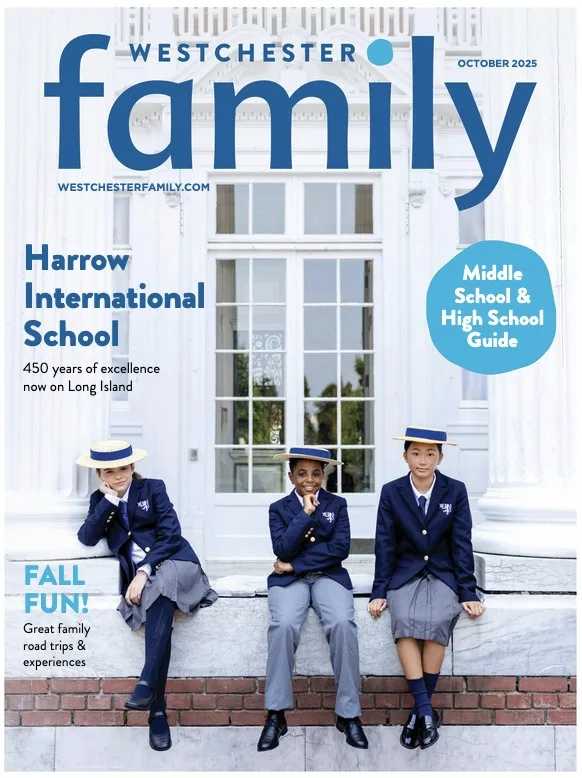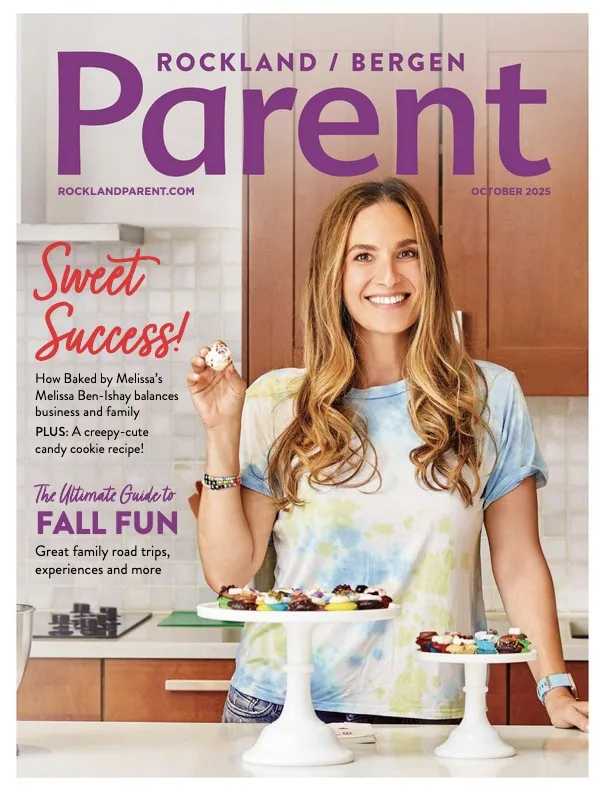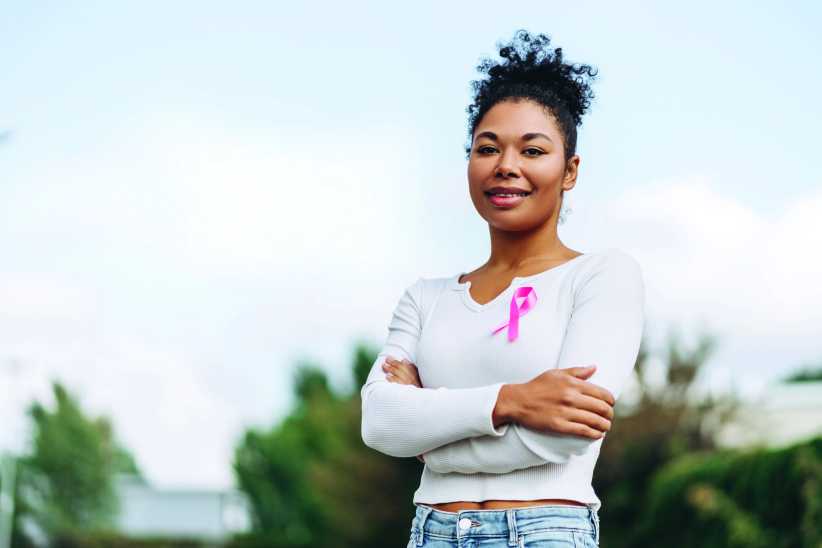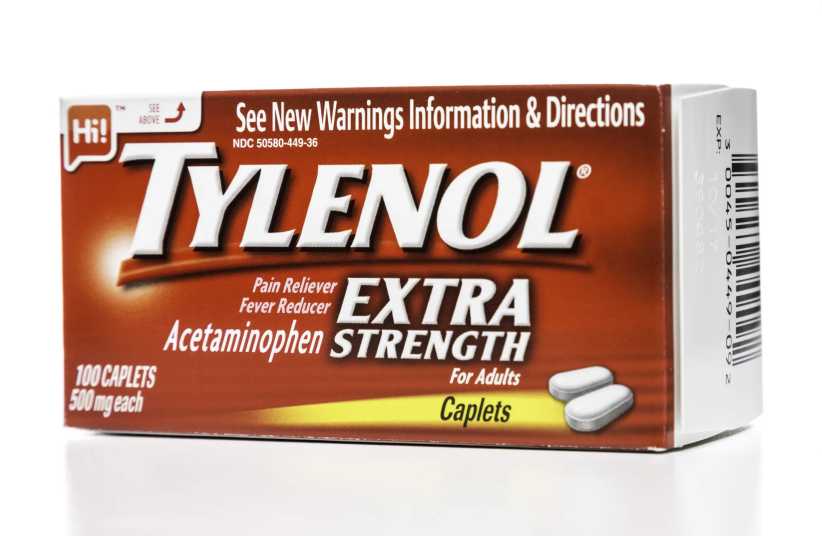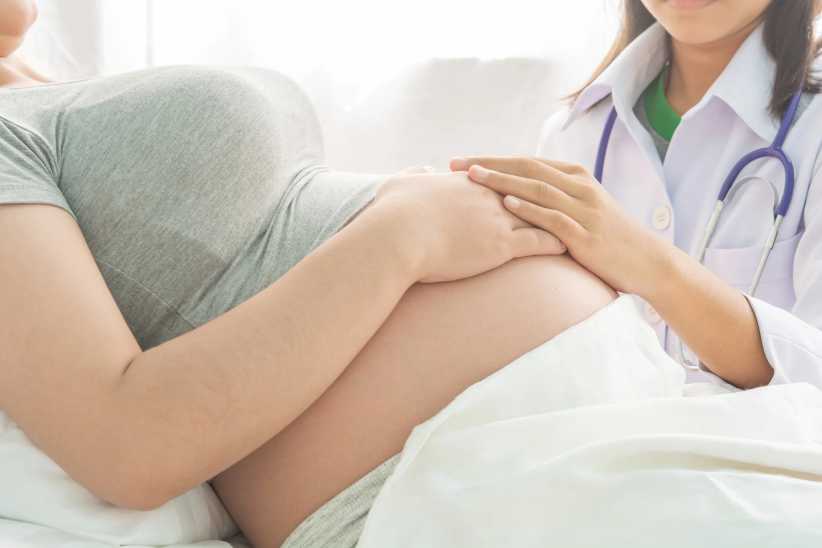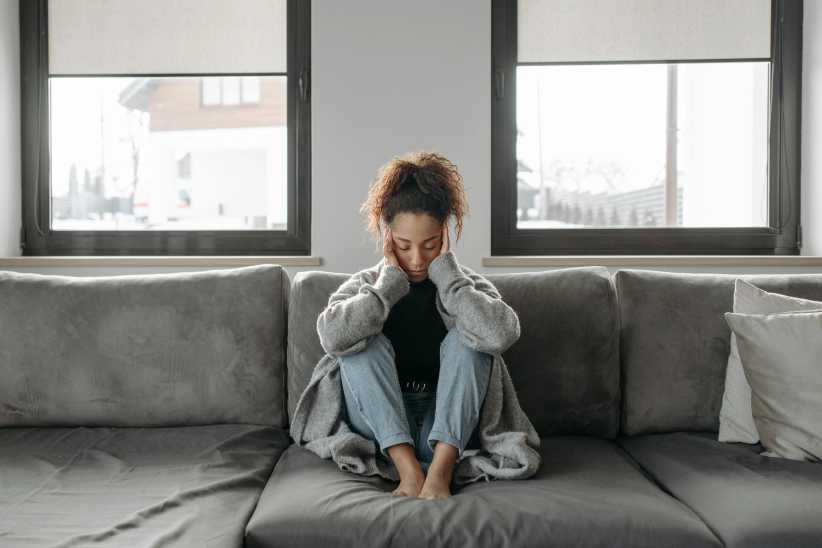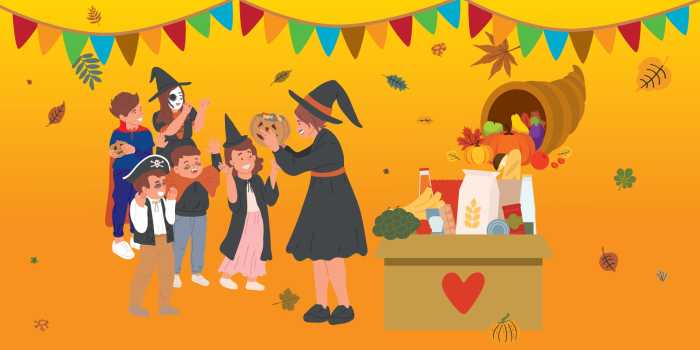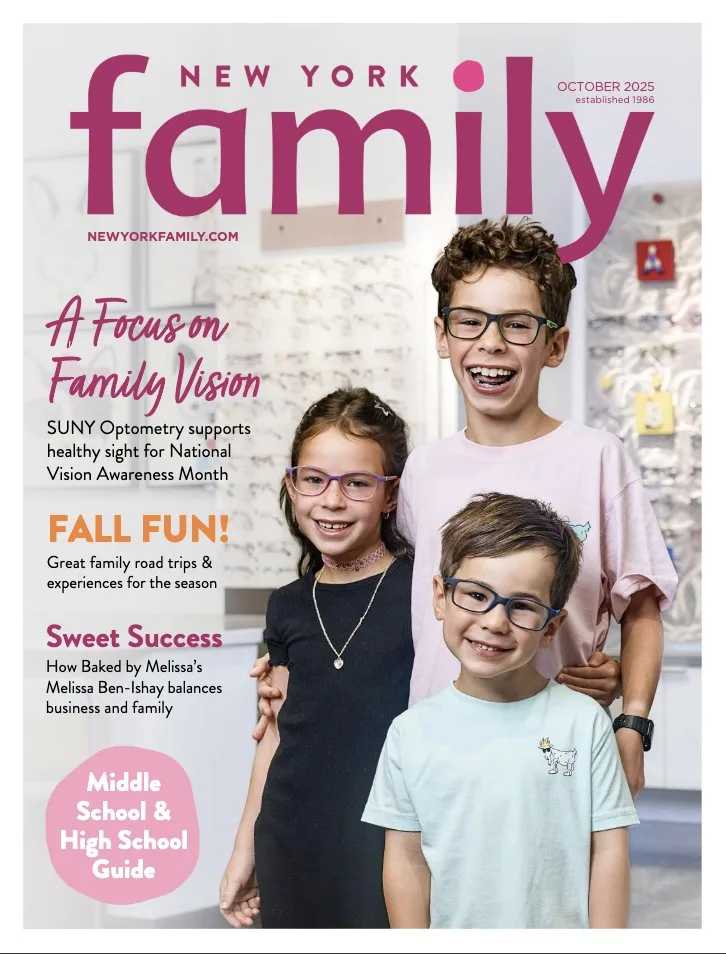Back in 2003, Joy Rose researched the role of mothers in society and got permission to set up an exhibit in the window of her small Dobbs Ferry boutique, entitled “Mommy Girl Go-Go.” Prompted by the inquiry of a friend, she realized that there was no museum focusing on mothers and was determined to change that.
The Museum of Motherhood (MOM), which opened on Sept. 1, 2011 on the lower level of a building on E. 84th Street at First Avenue, was intended as a four-month-long, pop-up experiment, and it flourished, described by some “as a vibrant and vital part of the community.”
The making of a museum
Rose says she modeled the museum after the National Women’s Hall of Fame in Seneca Falls in content, after the National Museum of Women in the Arts in structure, and after the Museum of Sex in trajectory of development, since they both started as storefronts.
The only one of its kind in the world, this 2,500-square-foot museum explores “the evolution of family and how rigorous academic study, broadly disseminated to the public, might inform future family decisions,” according to Rose.
The museum includes a play space, communal center, an exhibition space, and an archival facility, which houses a motherhood library. Kids’ art, mother-made art depicting pregnancy and birth, and exhibits detailing the history of the woman’s role in the family create the backdrop for a “warm and inviting space.”
A learning center and family space
When I walked in, I was struck by the relaxed and welcoming atmosphere, and a sense of camaraderie I do not usually associate with a museum.
I asked if the label “museum” was a misnomer, because MOM is so much more than a traditional exhibition space with dusty displays. Rose explained that museums today need to offer more to stay relevant.
One section of the museum focuses on helping the visitor better understand pregnancy, birth, and infancy. The “Womb Room,” which is currently under construction, will be a room for quiet contemplation, where one can listen to the sounds of the womb.
Visitors can suit up in a pregnancy vest to better understand how it feels to carry the extra 30 pounds in the final trimester of pregnancy, and experience fetal movement and rib constriction. It resembles the lead apron used by dentists, with some additional curves.
Infant simulators look and feel like real babies. They burp, cough, cry, and recognize their assigned caregiver, giving museum-goers the opportunity to get a feel for parenting.
The museum has offered courses in doula instruction and hosts La Leche League meetings; “Conversation Circles,” programs for expectant parents and new parents; de-stressing workshops; art and play toddler programs; and an annual academic conference. This fall’s 12-week “Mother Studies” course will examine “the changing perceptions of mother in history” and the evolution of family.
One exhibit displays a turn-of-the-century parlor in Seneca Falls, home of the Women’s Rights Movement, and another popular exhibit analyzes various domestic tasks by gender and compensation.
The “Moms of Rock” exhibit, which adds dashes of hot pink to one corner of the main room, displays artifacts from literature, music, fine arts, comedy, and theater, which focus on the theme of “mother culture,” including the music of Housewives on Prozac, featuring Rose. The film “Momz Hot Rocks” plays in a loop and includes the Housewives on Prozac lyrics:
“I wipe the baby’s chin with my college diploma and wonder how did I ever get here / I’m the queen of my kitchen late at night / Singin’ the dishwasher blues.”
Also in this exhibit, visitors will discover “momorabilia” from Mamapalooza, an annual gathering of performers, artisans, and educators that takes place each May on Riverside Drive.
Unlike most traditional museums, which might initiate a follow-up discussion about a piece of art, an artist movement or an event in history, this museum sparks an ongoing conversation about our own lives, choices, the roles we play and the impact we will have on subsequent generations.
MOM’s visitors
Local mother and museum-goer Lynn Schaul says the institution fills a void.
“It is a gift to the Upper East Side,” she tells me. “It is a great space to meet other moms and be with your kids.”
She finds the space inspiring, and says, “It’s not just about feminism [since] everyone is affected by motherhood.” Schaul says the museum brings together people with different parenting perspectives. She liked the play space for her children, ages 4 and 10, but goes there sometimes by herself just “to hang out.”
Medy Murphy also sees the museum as a discussion place, where mothers mingle and share parenting tips.
“It became my ‘second home’ last summer,” she said, appreciating the safe, clean environment for her kids. “Living in the city, you don’t have a lot of space.”
The museum is not inhospitable to dads.
“We welcome fathers, mothers, and caregivers,” Rose says, pointing out that Sunday is Family Day.
Murphy noted that men bring their children for play dates and, “are not intimidated, nor put off by the artwork that pertains to motherhood.”
Community Program Director Lisa Latcholia emphasizes that the museum is not about judgment, and mothers who breast feed, mothers who don’t, working mothers, and mothers who stay at home, are all equally welcome.
A goal of the museum is “to give women their day” and then “to move forward.” Rose recognizes the importance of youth in this pursuit. Consequently, she recruits college-age interns and interns from a local high school, one of whom mentioned how surprised she was at how much people do not know about motherhood. That sentiment was echoed by Latcholia, who told me how the story of the Suffragist Movement is new to many young people.
The greater vision
During my visit, Rose pointed out that 82 percent of women have children, but most have little or no training for the job. She noted that although doctors do not perform operations after studying medicine for a mere nine months, expectant mothers often complete one Lamaze class and they are “on the job,” with no real preparation for the challenges of parenthood.
Rose acknowledges that we are raising males differently now, and we seek a new understanding of the value of childrearing and the responsibility for it.
“We are raising young male and female feminists, but there is no template for taking that into domestic life.”
She sees a great future for the museum, stressing that this is just a small piece of a much larger vision.
Museum-goers need not have children to benefit from a visit — being someone’s child is sufficient. Still, as the mother of older children, I am a tad jealous of younger women, who can visit before the start of their mothering years. Although I would like my son to see the museum, my college-age daughter has already expressed interest, because she knows that a visit to MOM could better prepare her for the extraordinary role that may lay ahead of her.
The Museum of Motherhood [401 E. 84th St. at First Avenue on the Upper East Side of Manhattan, (212) 452–9816, www.mommuseum.org].
Risa C. Doherty is an award-winning freelance writer. Read more at www.risadoherty.com.
